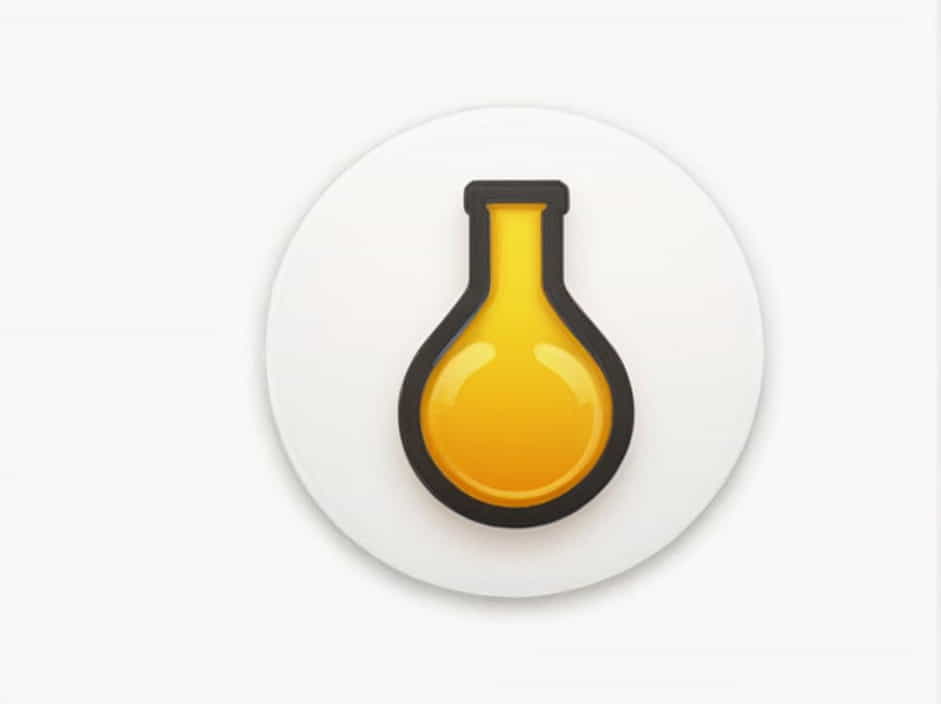Lithium sulfide is an important chemical compound with a wide range of applications in batteries, ceramics, and chemical synthesis. Understanding its chemical formula, structure, and properties is essential for students, researchers, and industry professionals.
This topic explores the formula of lithium sulfide, how it is formed, and its uses in various industries.
What Is the Formula for Lithium Sulfide?
The chemical formula for lithium sulfide is:
How Is the Formula Derived?
To determine the formula for lithium sulfide, we need to consider the charges of lithium and sulfur ions:
-
Lithium (Li) is an alkali metal in Group 1 of the periodic table. It forms a +1 charge when it loses one electron:
Li rightarrow Li^+ + e^- -
Sulfur (S) is a nonmetal in Group 16 and typically gains two electrons to form a -2 charge:
S + 2e^- rightarrow S^{2-}
To balance the charges, two lithium ions (Li⁺) are needed to neutralize one sulfide ion (S²⁻). This results in the formula:
Structure and Bonding of Lithium Sulfide
Lithium sulfide is an ionic compound, meaning it is formed through the electrostatic attraction between positively charged lithium ions (Li⁺) and negatively charged sulfide ions (S²⁻).
Crystal Structure
Lithium sulfide has a face-centered cubic (FCC) structure, similar to sodium chloride (NaCl). The lithium ions are smaller than the sulfide ions, which affects the overall lattice structure and stability.
Physical and Chemical Properties
Physical Properties
| Property | Value |
|---|---|
| Chemical Formula | Li₂S |
| Molar Mass | 45.95 g/mol |
| Appearance | White or yellowish solid |
| Melting Point | 938°C (1720°F) |
| Boiling Point | Decomposes before boiling |
| Solubility | Reacts with water |
Chemical Properties
-
Reacts with Water: Lithium sulfide is highly reactive with water, forming lithium hydroxide (LiOH) and hydrogen sulfide gas (H₂S):
Li_2S + H_2O rightarrow 2LiOH + H_2S -
Reaction with Acids: When mixed with acids like hydrochloric acid (HCl), lithium sulfide produces hydrogen sulfide gas (H₂S), which has a strong rotten egg smell:
Li_2S + 2HCl rightarrow 2LiCl + H_2S -
Electrical Conductivity: Since lithium sulfide is an ionic compound, it can conduct electricity when dissolved in water or in a molten state.
How Is Lithium Sulfide Prepared?
Lithium sulfide can be synthesized using several methods:
1. Direct Combination of Elements
The most common method is by reacting lithium metal with sulfur:
This reaction is highly exothermic, meaning it releases a large amount of heat.
2. Reaction of Lithium with Hydrogen Sulfide
Lithium sulfide can also be produced by reacting lithium hydroxide (LiOH) or lithium carbonate (Li₂CO₃) with hydrogen sulfide (H₂S):
This method is used in controlled laboratory environments.
Uses of Lithium Sulfide
Lithium sulfide is used in various industries due to its unique chemical properties.
1. Battery Technology
Lithium sulfide plays a crucial role in lithium-sulfur (Li-S) batteries, which have higher energy storage capacity than traditional lithium-ion batteries. These batteries are being developed for electric vehicles (EVs) and renewable energy storage.
2. Ceramics and Glass Manufacturing
Due to its high-temperature stability, lithium sulfide is used in specialized ceramic materials and glass formulations to improve strength and thermal resistance.
3. Chemical Synthesis
Lithium sulfide is used as a precursor for synthesizing other lithium compounds and sulfides, especially in the production of lubricants, catalysts, and semiconductor materials.
4. Sulfur Removal in Industrial Processes
Industries use lithium sulfide to remove sulfur from various processes, especially in petroleum refining and waste treatment.
Safety Precautions When Handling Lithium Sulfide
Lithium sulfide is a hazardous chemical and must be handled with care.
Hazards and Risks:
- Reacts with water to release hydrogen sulfide (H₂S), which is toxic and has a strong foul odor.
- Can cause burns if it comes into contact with the skin or eyes.
- Flammable when exposed to high temperatures.
Safety Measures:
- Store lithium sulfide in a dry, airtight container to prevent moisture exposure.
- Use protective gloves, goggles, and a fume hood when handling the compound.
- Work in a well-ventilated area to avoid inhaling toxic fumes.
The chemical formula for lithium sulfide is Li₂S, and it is an essential compound in battery technology, ceramics, and chemical synthesis. It has unique physical and chemical properties, making it valuable in multiple industries. However, due to its reactivity, especially with water, it must be handled with caution.
Understanding lithium sulfide and its applications helps in advancing battery research, improving industrial processes, and developing new materials for future technologies.
